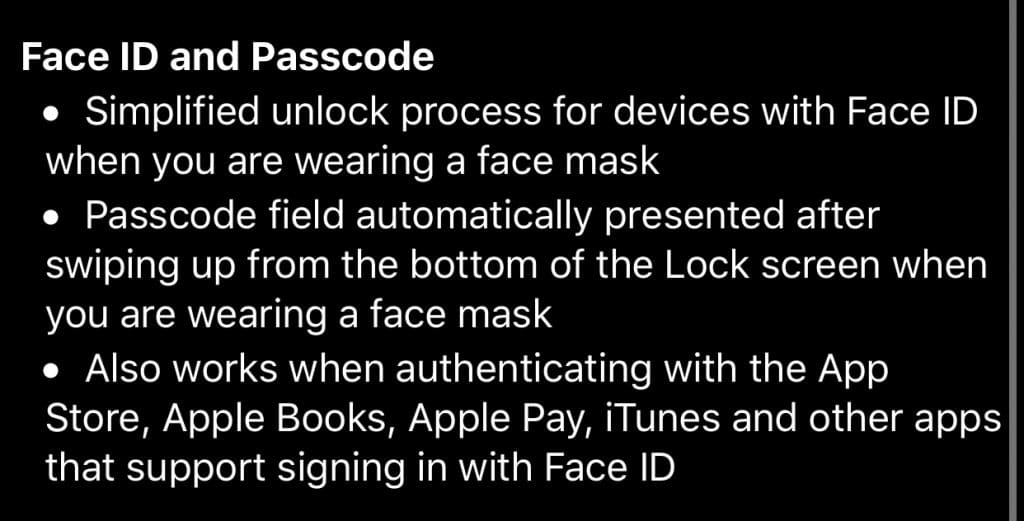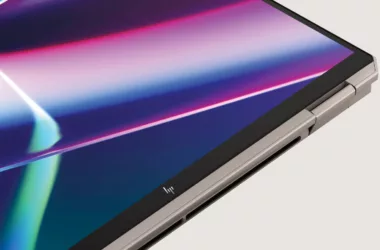The iPhone is being updated to support what’s going on around us, as Apple decreases lockscreen time and potentially makes the government’s COVIDSafe app usable.
There’s an update rolling out to owners of the iPhone and iPad this week, and it may well be one you’ll want on your phone quickly.
While iOS 13.5 does a few things, there are two features that will stand out: a change to the way Apple’s unlock system works on its phones and tablets, and support for COVID-19 background checking on its phones. Think of this as more of a pandemic feature release for the iPhone, because while there are other features, the two that matter most are largely related to that.
The first of these is the one you’ll probably think of first, because as anyone who has ever worn a face mask and tried to use an iPhone will attest to, unlocking your smartphone with your face when your phone can’t actually see your face is a bit of a problem. You’re not alone in this thought, and even Android users who rely on face unlock are dealing with the same burden, except those who still may have an eye-based unlock system, since it works differently to checking your face.
While there are still iPhone models that support the fingerprint and are unaffected by this — we’re looking at you, iPhone SE 2nd generation — if you have one of the home button-less iPhone models that is all screen and uses Face ID, wearing a mask basically renders the security system useless.
Fortunately, you still have a PIN code system you have to use as a backup, something you’d know all too well, because after waiting a couple of seconds while wearing a face mask and trying to unlock an iPhone, it eventually pops up with the passcode system for you to use.
With a change in iOS 13.5, however, that PIN code screen can now be triggered more easily by swiping up on the screen. Face ID should still check your face while you type in the code, which if you’re not wearing a mask, should unlock the phone quickly.
The other major change in iOS 13.5 is support for contract tracing apps, such as the one released by the Australian government.
As we noted recently, having some semblance of a COVID-19 tracking app is useful, though the government’s insistence on it in use by the community when it didn’t work properly on iPhone was a serious misstep, and meant the public wasn’t really informed of the app’s shortfalls. Simply put, you had to leave the app running or just have recently used it and have it go to lockscreen to have that data even be tracked, and that’s before you dealt with the idea that infection tracking was limited to 15 minute sessions with those who were infected, or that the data would be doing anything at all.
Even if the app worked as expected, iPhone users would be stuck with an app that only could work if they didn’t use their phone for anything other than COVIDSafe when they were out and about, leaving it open or sitting under the lockscreen.
But in iOS 13.5, there is now a possibility that an updated COVIDSafe app could work.
One of Apple’s features in iOS 13.5 is support for Exposure Notifications, with Apple rolling out support for the API it was building with Google to let governments use their operating systems to trace infection, and not so much track. As we understand it, there’s no support for GPS tracking as such, with this feature using Bluetooth LE, the “Low Energy” version of the wireless technology.
The rollout of iOS 13.5 doesn’t mean COVIDSafe will work properly from the get-go, from when you install iOS 13.5, but it does potentially mean in the coming weeks the app has the chance of working properly for iPhone users (beyond its other flaws), and may not mean you’ll need the app running as the most immediate app in your device to at least do what the government says is a viable approach for infection tracing.








